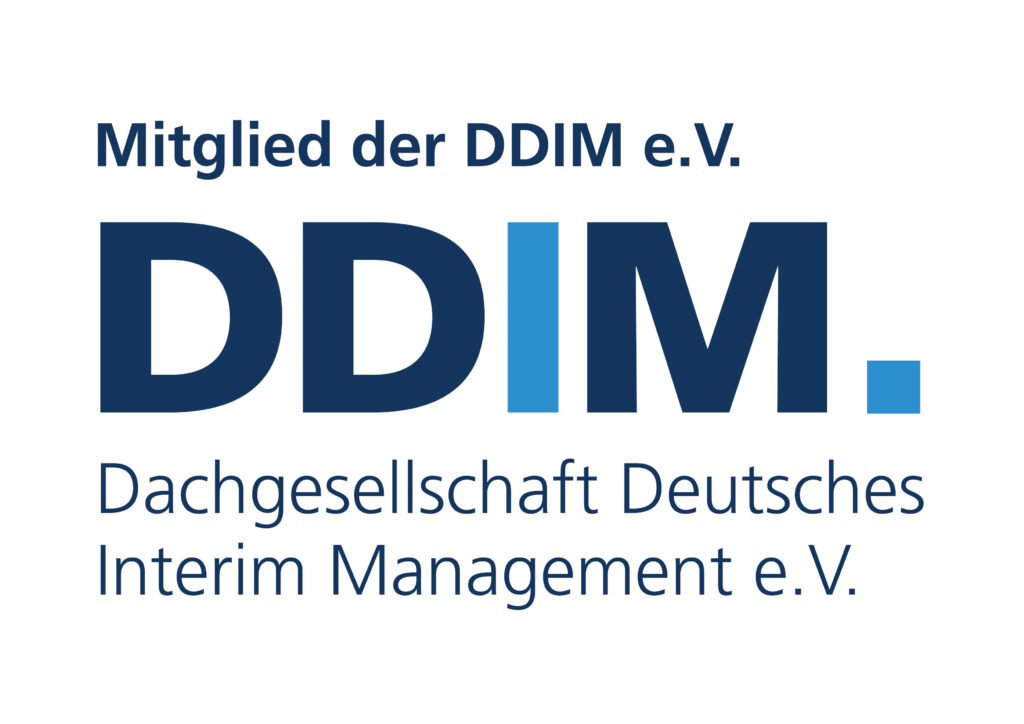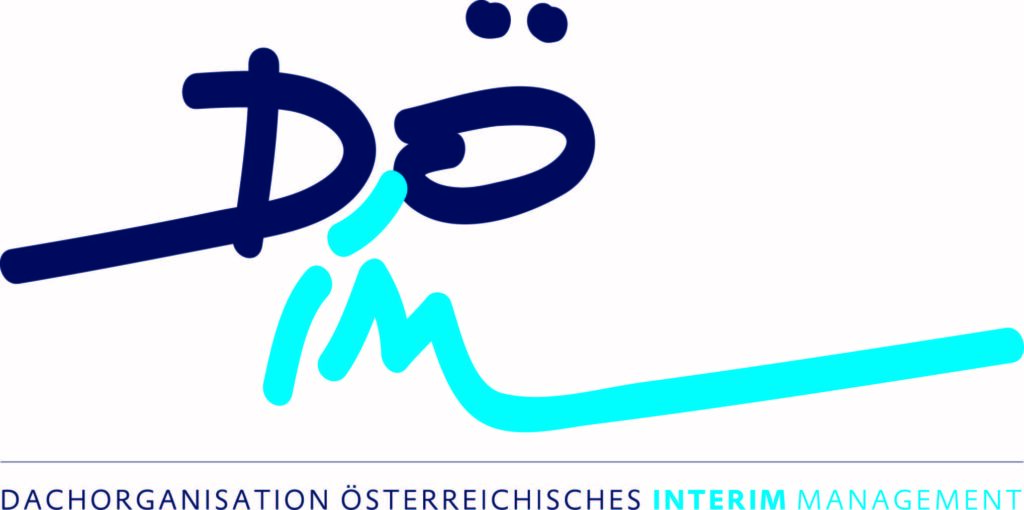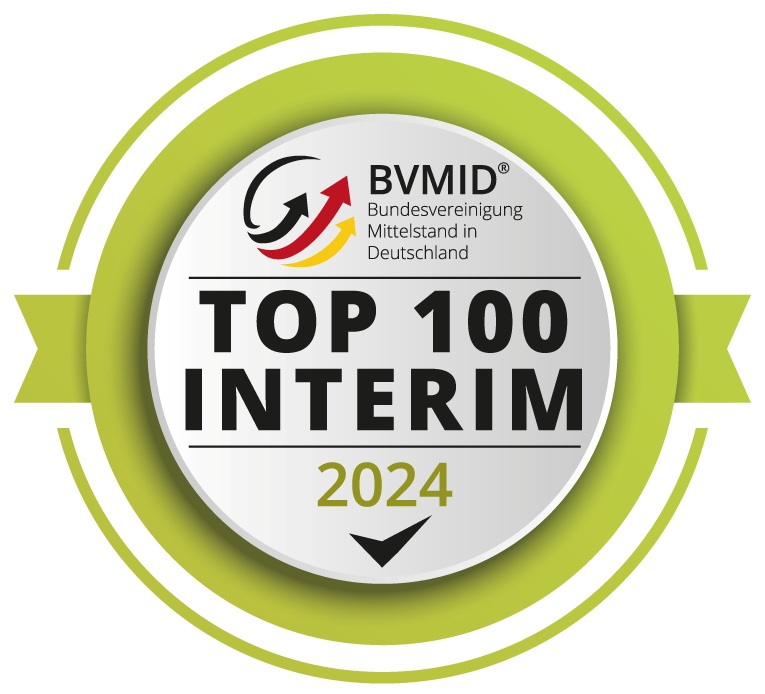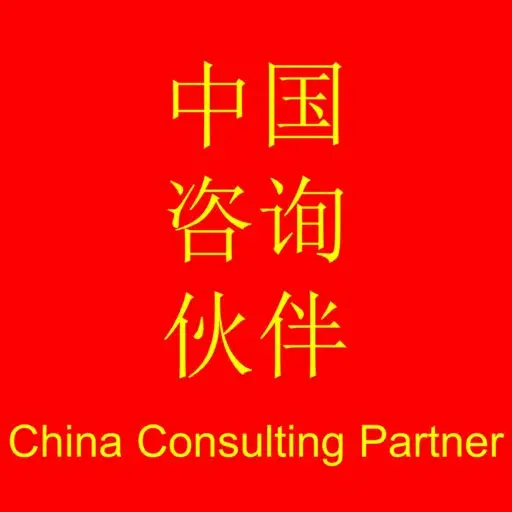Future-proof: eInvoicing and digital transformation - drivers of digitalization

As the managing director of a medium-sized company, I am on the cusp of a significant change: eInvoicing will be mandatory from 2025, and this will open up new horizons for the digital transformation of our company. In this article, I would like to show how eInvoicing is much more than just a legal requirement – it is rather a catalyst for comprehensive digitalization processes that make our company future-proof.
The eInvoice as a driver of digital transformation
eInvoicing and digital transformation are inextricably linked. They form the foundation for a new era of business management in which efficiency, transparency and innovation take center stage [source: 1]. The introduction of eInvoicing is forcing us to rethink and digitize our processes, which in turn paves the way for further technological advances.
Automation as the key to efficiency
A key aspect of eInvoicing in the context of digital transformation is the automation of processes. By implementing eInvoicing, we can eliminate repetitive tasks such as manual data entry and use our employees for more value-adding activities [source: 2]. This not only leads to cost savings, but also to a significant increase in productivity.
Data-driven decision-making
eInvoicing provides us with structured data in real time, which can serve as the basis for well-founded business decisions. By integrating eInvoices into our analytics systems, we gain deeper insights into our financial flows, supplier relationships and customer behavior [source: 1]. This data-driven approach is a core aspect of digital transformation and enables us to respond to market changes with greater agility and precision.
Technological synergies: e-invoicing as a trailblazer
The introduction of eInvoicing opens the door to the integration of other forward-looking technologies:
Artificial intelligence and machine learning
With the availability of structured data from e-invoices, we can implement AI systems that recognize patterns, detect anomalies and make predictions. This enables, for example, proactive fraud detection or the optimization of payment flows [source: 4].
Blockchain for increased security and transparency
In conjunction with e-invoices, blockchain technology can ensure forgery-proof and transparent documentation of the entire invoicing process. This not only increases trust between business partners, but also facilitates audits and compliance checks [source: 4].
Internet of Things (IoT) and e-invoicing
Linking IoT devices with e-billing systems opens up new possibilities for automated billing models. For example, machines can independently trigger maintenance orders and generate the corresponding e-invoices [source: 4].
Challenges and solutions
The implementation of e-invoicing as part of the digital transformation also brings challenges that need to be overcome:
Technical integration
One of the biggest hurdles is the seamless integration of eInvoicing into existing IT systems. This requires careful planning and possibly the support of external experts [source: 5]. Interfaces need to be defined and data flows optimized to ensure smooth processing of eInvoices.
Training and change management
The introduction of e-invoicing and the associated digital transformation require comprehensive change management. Employees must not only be trained in the use of new systems, but must also develop an understanding of the benefits and necessity of the change [source: 5]. Here we rely on regular training and an open communication culture.
Data security and compliance
As digitalization increases, so does the importance of data security and compliance. The implementation of robust security measures and compliance with data protection regulations are essential [source: 3]. We therefore invest in state-of-the-art security technologies and work closely with data protection experts.
Strategies for a successful digital transformation with eInvoicing
We are pursuing the following strategies to make optimum use of e-invoicing as a driver of our digital transformation:
Holistic approach
We do not view the introduction of eInvoicing in isolation, but as part of a comprehensive digitalization strategy. We analyze how eInvoicing can be linked to other business processes in order to create synergies and derive maximum benefit from the digital transformation [source: 1].
Agile implementation
Instead of a big-bang approach, we rely on a gradual, agile implementation of e-invoicing. We start with pilot projects, gather experience and continuously adapt our strategy. This flexibility enables us to react quickly to changes and minimize risks [source: 5].
Partnerships and ecosystems
Digital transformation often requires skills that are not available in-house. We therefore rely on strategic partnerships with technology providers, consultants and even competitors in order to benefit from their expertise and develop innovative solutions together [source: 4].
Focus on customer experience
Improving the customer experience is at the heart of all our digitalization efforts. E-billing offers great potential here by simplifying payment processes and making them more transparent. We are working to pass on these benefits directly to our customers and thus strengthen our customer relationships [source: 2].
Future prospects: eInvoicing as a springboard for innovation
eInvoicing and the associated digital transformation open up numerous opportunities for future innovations:
Predictive analytics
With the data generated by eInvoices, we can develop predictive models that help us to recognize trends at an early stage and act proactively. This could include, for example, predicting payment defaults or optimizing stock levels [source: 4].
Automated contract negotiations
The integration of e-invoices with blockchain-based smart contracts could lead to automated contract negotiations and conclusions in the future. This would reduce transaction costs and further accelerate business processes [source: 4].
Augmented reality (AR) in invoice processing
The combination of e-invoices with AR technology could revolutionize the visualization of financial data. Financial managers could use AR glasses to gain real-time insights into invoice flows and key financial figures [source: 4].
Conclusion: eInvoicing as a catalyst for comprehensive change
The introduction of eInvoicing is far more than just a technical adjustment – it is the start of a comprehensive digital transformation of our company. By seeing eInvoicing as a strategic tool, we can not only optimize our processes, but also develop new business models and prepare ourselves for the challenges of the future.
The combination of eInvoicing and digital transformation offers us the opportunity to become more efficient, innovative and customer-oriented. It enables us to make data-driven decisions, make optimum use of our resources and react flexibly to market changes.
As Managing Director, I see eInvoicing as the key to a successful digital future for our company. It is the starting point for a journey that will lead us to greater efficiency, innovation and competitiveness. Let’s seize this opportunity and shape the future of our company together – with eInvoicing as the driver of our digital transformation.
Sources
- https://blog.basware.com/de/die-e-rechnung-als-wesentlicher-treiber-der-digitalisierung/
- https://www.inrema.de/was-ist-die-e-rechnung-alles-was-unternehmen-ueber-die-neue-pflicht-ab-2025-wissen-muessen/
- https://www.dihk.de/de/aktuelles-und-presse/tdw/die-verpflichtende-e-rechnung-kommt-was-betriebe-jetzt-wissen-muessen-125494
- https://www.n2f.com/blog/de/e-rechnung-wie-sich-unternehmen-optimal-auf-die-reform-vorbereiten/
- https://www.ihk.de/stuttgart/fuer-unternehmen/innovation/digitale-wirtschaft/digitale-transformation/e-rechnung-6282108
-
https://klardenker.kpmg.de/e-rechnung-ab-2025-5-ratschlaege-zur-umsetzung/
- Image: ChatGPT











